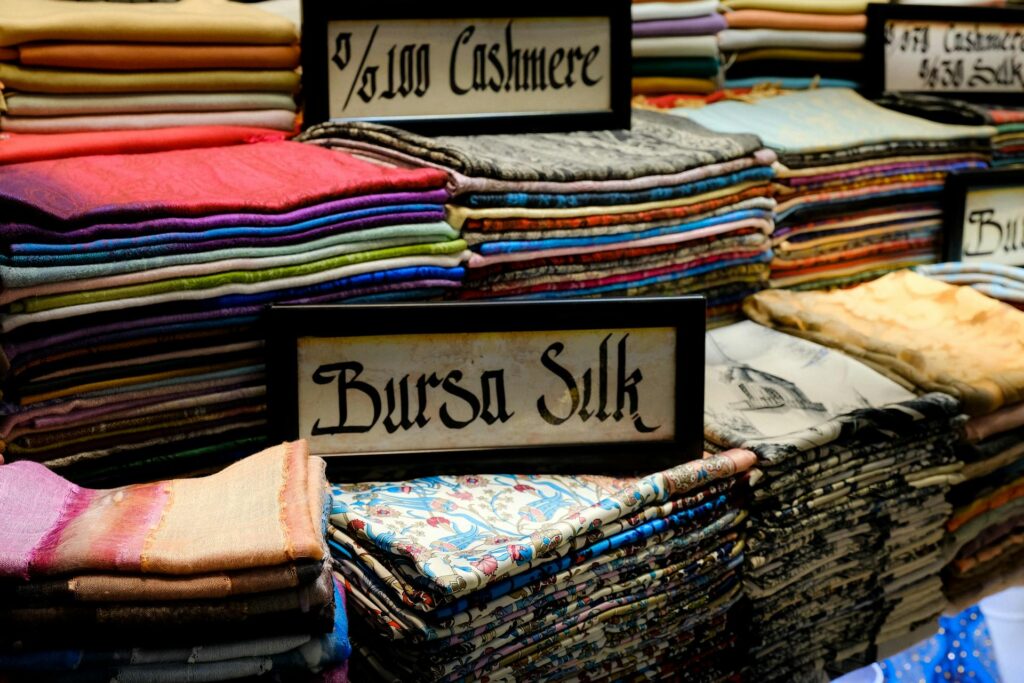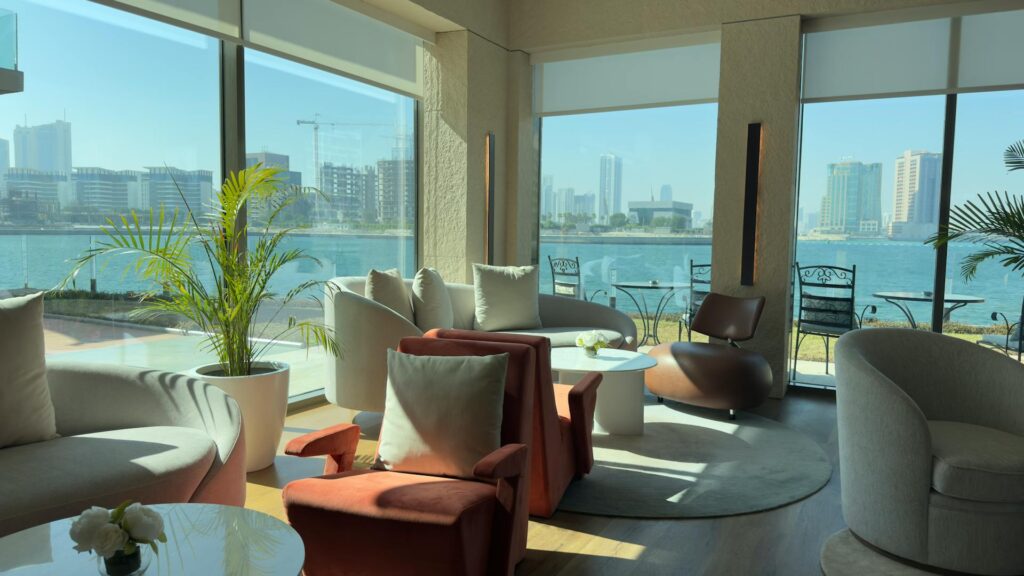There is something undeniably enchanting about stepping into a space that radiates timeless elegance, a place where every detail—from the curve of a carved mantelpiece to the gleam of polished brass hardware — tells a story of impeccable taste. Such interiors capture more than just the eye; they captivate the soul, inviting you to linger and experience the splendor of an era when craftsmanship was paramount and comfort coexisted harmoniously with art. Whether found in a stately manor, a private penthouse, or a heritage villa, these refined aesthetics endure, proving that true luxury is never fleeting.
Within the domain of luxury interior design, classic sensibilities blend with modern nuances, forging styles that feel both rooted in heritage and keenly attuned to contemporary lifestyles. From plush velvets and sumptuous silks to grand chandeliers that scatter light like diamonds, the sophisticated interplay of materials, color, and form creates a milieu that whispers of affluence. Yet today’s luxury is not about loud declarations; it is about subtle refinement, the hush of quality that speaks volumes without raising its voice.
1. Exquisite Materials and Opulent Textures
When one envisions a classic luxury interior, it’s often the materials that first come to mind: the smooth expanses of Calacatta marble flooring, the deep luster of mahogany paneling, the shimmer of brocade upholstery. In these environments, nothing is chosen by accident. Silk draperies, for instance, are handwoven by artisans who understand the importance of nuance in shading and texture. Inlaid parquetry floors reflect centuries-old craftsmanship techniques, marrying rare woods in complex geometric patterns. Similarly, wrought-iron stair balustrades, carved stone fireplaces, and gilded molding treatments pay homage to a past when materials were celebrated for their intrinsic worth, not just their surface sheen.

Of course, richness of texture extends beyond what meets the eye. Consider the tactile pleasure of running one’s hand across the tufted velvet of a Chesterfield sofa, feeling its softness enveloping your fingertips. Or imagine the subtle scent of polished rosewood emanating from a bespoke sideboard. Such sensory experiences elevate interiors beyond mere decoration, transforming them into sanctuaries of refined indulgence.
2. The Influence of Iconic Designers and Brands
At the heart of classic luxury interiors lie the visionaries who shape them. Historical figures such as Jean-Michel Frank or Émile-Jacques Ruhlmann defined the aesthetic codes we still admire today. They combined noble materials with minimalist lines, setting the stage for others to follow. Luxury houses like Fendi Casa and Roberto Cavalli Home Interiors continue to push these boundaries, introducing collections that fuse traditional artisanship with modern flair. In France, revered ateliers still produce intricate boiseries and detailed marquetry, as well as exceptional lighting fixtures reminiscent of René Lalique’s iconic crystal designs.
Meanwhile, contemporary designers, from the exuberant Kelly Wearstler to the elegant Jean-Louis Deniot, interpret luxury through a modern lens. Wearstler’s bold mix of textures and unexpected silhouettes revives classic motifs with a contemporary twist, while Deniot’s interiors achieve a delicate balance between the past and present. Both remind us that innovation and tradition need not stand at odds. Instead, they can tango together gracefully, bringing fresh life to old virtues.

3. Timeless Centerpieces and Iconic Furniture
A truly luxurious interior often features a standout centerpiece: a dramatic chandelier that drips with hand-cut crystals, a grand piano that anchors a music room, or perhaps an antique Persian rug whose intricate patterns tell stories of empires long gone. These items do more than fill space; they serve as focal points of admiration, each with a legacy of craft and care behind it. Classic furniture pieces—think a Louis XVI armchair, a Regency console table, or a French Empire commode—epitomize this sense of permanence. Although centuries have passed since their original conception, their forms are as alluring and relevant today as ever.
Modern luxury interiors often blend these historical treasures with contemporary accents. A sleek sculpture by a cutting-edge artist might stand atop an antique credenza, creating a dialogue between old and new. This interplay signals that classic luxury never stagnates; it evolves, absorbing the best of each era to maintain a sense of freshness and allure.
4. Current Trends and a Nod to Contemporary Living
Luxury design has always mirrored societal aspirations and advancements. Today, it leans toward understated elegance, prioritizing quality over ostentation. There is a renewed focus on sustainability and authenticity—provenance matters, and clients appreciate knowing that their silk was ethically sourced, their marble responsibly quarried. Technologies that remain hidden but enhance comfort, such as soundproofing layers behind wallpaper or invisible climate controls, are integrated seamlessly. This ensures the environment meets modern standards of comfort without upending its classic serenity.
Moreover, modern luxury interiors offer a subtle stage for personal expression. Clients may showcase collections of art or rare books, while textiles and color palettes become more daring under the influence of global travel and cultural exchange. Jewel tones, rare marbles sourced from remote quarries, and custom-designed hardware imbue a space with uniqueness and personal narrative. The classic spirit remains intact, yet these new accents and innovations breathe life into the tradition, ensuring it resonates with a discerning 21st-century audience.
Conclusion
The world of luxury interior design is a testament to the enduring appeal of fine craftsmanship, artistic vision, and gracious living. It respects the traditions passed down through generations while embracing the conveniences and sensibilities of the modern age. From opulent materials and time-honored artistry to the delicate synthesis of iconic heirlooms and contemporary pieces, the resulting interiors feel both lavish and welcoming, tailored to please the most refined tastes. As trends evolve, the essence of luxury remains steadfast: a commitment to quality, a reverence for beauty, and a deep appreciation for spaces that inspire, comfort, and delight—truly the hallmarks of timeless elegance.